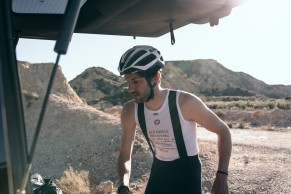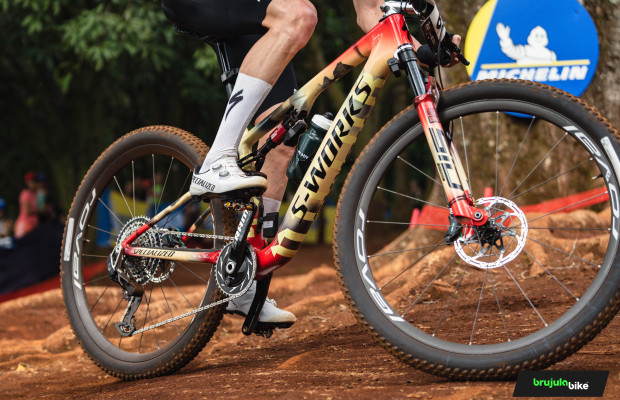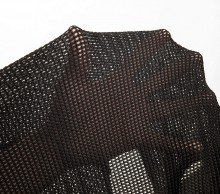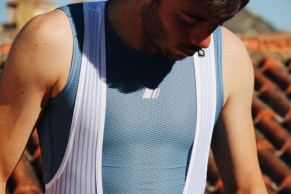Wearing an undershirt in the summer, yes or no?
With summer practically here, there are some recurring doubts about what gear to wear when cycling, like is it better to just wear the jersey? Or on the contrary, is it more advisable to use a base layer?

Inner shirt in summer, yes or no?
Let's address a debate that can be misleading: wearing an inner cycling shirt in summer gives more heat or more freshness. Because, let's not fool ourselves, that's what we're talking about. In fact, there is not unanimity around the idea, so it's best to analyze what each decision entails and why we should choose one or the other.
First of all, we must avoid the idea that more clothing means more heat. It's not always the case. In fact, some ancient civilizations do not follow that rule and they have their reasons. You can see Tuareg or Berber peoples in the desert covered from head to toe. It protects them from the sun and, depending on the fabric, thin and very breathable, their first sweat helps them evade heat much better than if they were wearing nothing or tight clothing.
RECOMENDADO

25 cycling gifts ideas to get it right

When do helmets have to be changed? Do they have an expiration date?

How many days should a cyclist rest per week?

Some reasons to stay away from the road in winter

S-Works: what does it really mean and where does Specialized's most exclusive label come from?

The best apps for cycling and mountain biking
There is a lot of science behind this decision, and centuries have confirmed these facts. So, is it better to wear an inner cycling shirt in summer or not? Well, the general answer is yes, with some nuances.
Why an inner cycling shirt can help you in summer
As a rule, the layered structure of cycling clothing always works much better. Of course, it will never be the same clothing: in winter the base layer, this inner cycling shirt has a different mission, which is to provide warmth; in summer, its goal changes, and it's time to release heat, evaporate sweat better and faster.

Evaporating your sweat means in physics reducing your body temperature. And that's the nuance. There are fabrics that evacuate sweat much better than the skin itself, so their mission as evaporators and coolers works as an improved second skin.
That base layer gets soaked and the wind, no matter how hot it is, cools those tiny droplets that have taken your heat, so it cools you better. The important thing is to choose a suitable inner shirt that fulfills this mission. Making a mistake in this can be fatal.

It's no coincidence that in the middle of a mountain pass in the Giro or the Tour, in the middle of summer, we see many cyclists still wearing a basic cycling shirt under the jersey. Yes, it's true that all cycling clothing manufacturers recommend it, and that may make you think that their real intentions are to make more money. But no, it's not just them saying it, it's science.

And what was the nuance we mentioned? Well, a situation that combines two strong arguments: the first is a heatwave, extremely high temperatures that make that layer end up providing heat because it is unable to dissipate it, to evaporate sweat; and also, if you have technical clothing specifically for summer, that is, a jersey that can perform the functions of this base layer because it has been designed with that purpose. Then, the general statement, as we say, is nuanced and you could do without an inner shirt in summer with strong arguments.

There is very advanced technical clothing capable of adapting to these extreme circumstances. We refer to both inner shirts and jerseys. The cyclist's comfort is essential. You can try a good inner shirt, which is likely to be comfortable and help you regulate your temperature better. In that case, choose a second skin specially designed for summer. If there isn't an anticyclone blowing desert air when you go out cycling, you'll be better off with it, for sure.